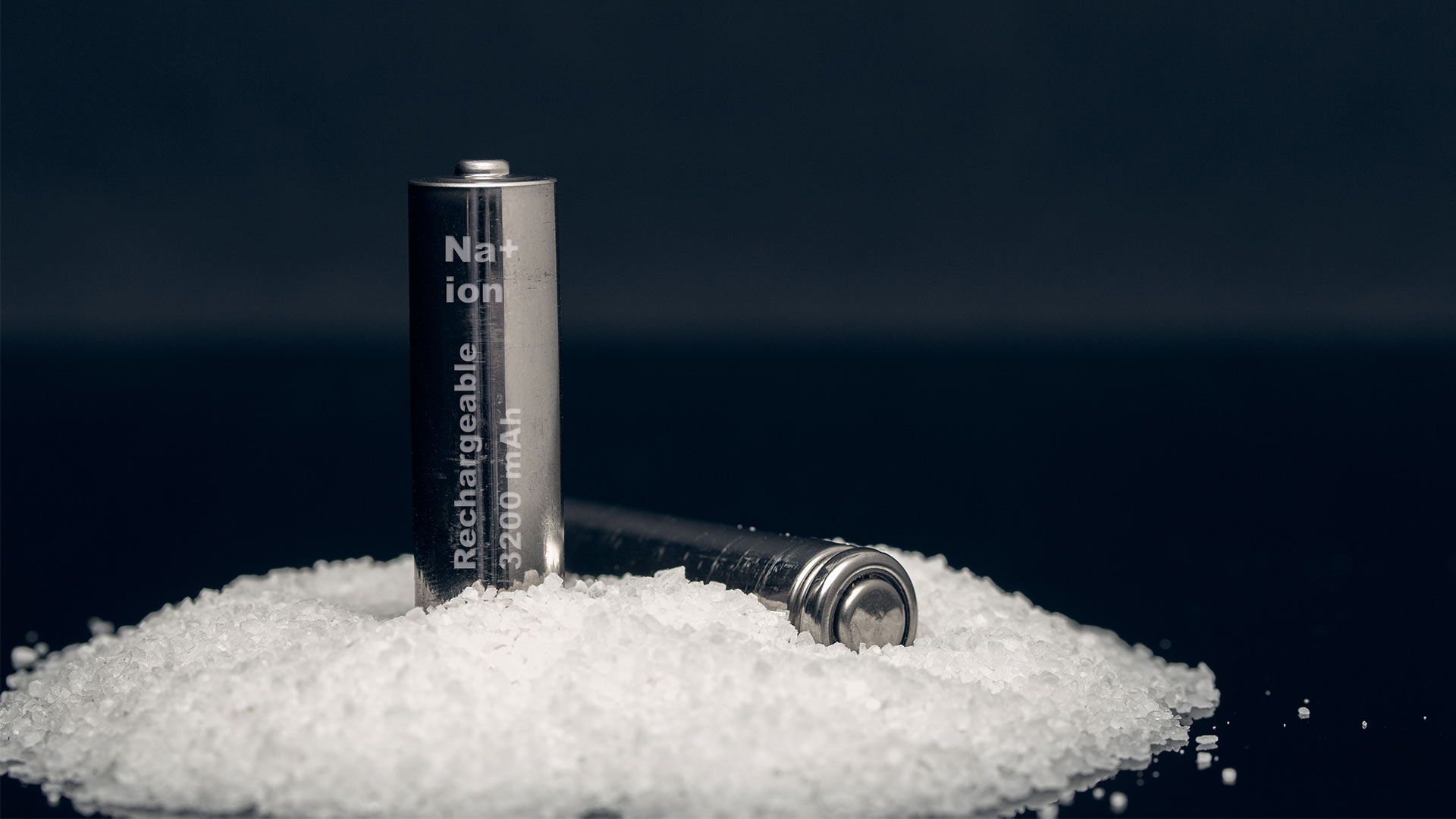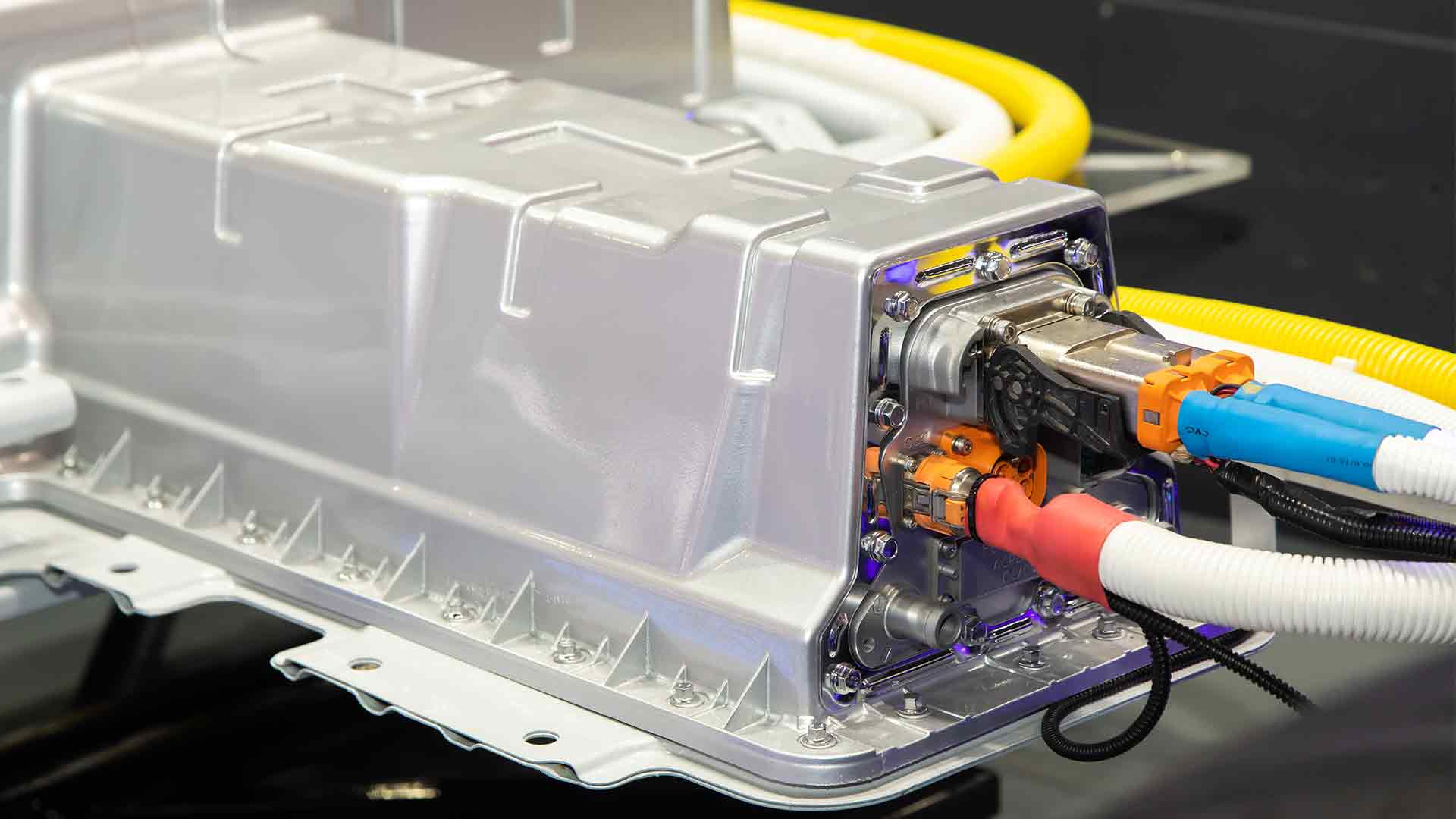Boron for New Greener Sodium Batteries
A safer and more reliable alternative to lithium is arguably sodium batteries combined with boron. If inefficiencies can be overcome, they could become a viable alternative to the current lithium-ion batteries. Researchers in Geneva using carbon, boron, and hydrogen – carbo hydridoborate – changes the crystal structure enhancing performance.

Sodium and Boron Batteries
History of Lithium-Ion Batteries
The lithium batteries market has been dominated by portable electronics and, recently, by electric vehicles and hybrid power trains. Since the 1990s, powerful rechargeable lithium batteries have become more prevalent in consumer applications like mobile phones, calculators, laptops, digital cameras, and other devices.
Lithium batteries are quickly replacing nickel-metal hydroxide cells. Large advanced lithium batteries are becoming the new power source in the transportation and stationary power markets. This includes electric vehicle propulsion, standby power, mobile robots for ocean observation, and mission-critical applications. Lithium-ion batteries are not yet used to store renewable energy or grid balance, but research continues to find a solution.
Because of their lightweight, high energy density, and long life expectancy, lithium-hydride and lithium-ion batteries have gained popularity. However, they have two significant shortcomings. They are highly flammable because the liquid electrolyte allows positive ions to flow between the electrodes. It can cause a dangerous reaction with oxygen if it leaks. Lithium supply is the second issue. Supply is unevenly distributed globally and is at the core of many geopolitical issues, just like oil.
A sodium battery is potentially a better alternative. It is more affordable than lithium and is plentiful all over the globe. It is also easier to recycle. Its use is still not well developed. This type of battery is made using a different technology than lithium-based. Fabrizio Moria, a researcher at the UNIGE Faculty of Science’s crystallography laboratory, says that the industry is reluctant to try this new technology. But a lot of research has been done on sodium batteries to date.

Boron and EV Batteries
The Future of Batteries–Sodium Batteries
The future of battery technology, it seems, lies in sodium. It is more sustainable than lithium, which powers most vehicles and devices. Moreover, sodium is also plentiful on the Earth’s surface. However, its ions cannot move in conventional lithium-ion batteries’ liquid electrolytes, making it less efficient than lithium.
The solution lies in the creation of a solid electrolyte. A University of Geneva team has solved this problem by changing the crystal structure of a material made of carbon, boron, and hydrogen (carbo hydridoborate). This research group also determined the optimal pressure to be applied to the battery to ensure it operates efficiently.
Research on Sodium Batteries with Boron
Several other studies have also been conducted on improving the efficiency of sodium batteries:
Sodium Carbo-Hydridoborate
Because sodium is heavier than lithium, ions move slower in liquid electrolytes. A solid electrolyte can be created that is non-flammable. The electrolytes of this type, made of carbon, boron, and hydrogen, have not yet achieved the same performance as lithium batteries. Two recent studies at the UNIGE Crystallography Laboratory, led by Professor Radovan Cey, solved this problem.
The first paper, published in ACS Applied Materials & Interfaces (NaCB11H12), led to creating of an efficient material: sodium carbo-hydridoborate. Radovan Cerny explains that this material, which is used in nuclear medicine, was not originally conductive. “By changing the structure of its crystals and, more specifically, the spatial arrangement of atoms, it has been made conductive.
This makes it one of the most efficient ways to transport sodium ions.” The research team used big shocks inside a ball mill to conduct the compound. This energy-efficient technique is used widely in the cement industry.
Finding the Ideal Pressure for Sodium Battery to Function
A second research project was published in Advanced Materials Interfaces. It involved putting the material in a specific situation. The electrolyte must be in close contact with the positive or negative electrodes of a battery for it to function.
The battery must contain it securely. To achieve this, pressure must be applied using screws or springs. It was found that it should be approximately 400 atmospheres. It is equivalent to the pressure at 4000m underwater. This can be easily achieved with just a few turns of a screw.
These discoveries have opened the door to easier production of sodium batteries, particularly in the automotive sector. These batteries are slightly heavier than usual and could power cars. While the cost-effectiveness of producing them is still to be determined, the industry must recognize that the material that has been discovered is fascinating.
Boron-Doped Sodium Layered Oxide Sodium Battery Cathodes
To develop high-energy Na-ion cells, it is necessary to have Na-ion cathode material operating at high voltage and with stable cycling behavior. The irreversible oxygen reduction at high voltage in sodium layered cathode material causes structural instability and poor capacity retention. A recent study reports a doping strategy incorporating lightweight boron in the cathode active materials lattice to reduce irreversible oxygen oxide at high voltages.
Covalent B-O bonds and the negative charges of oxygen atoms provide a robust ligand framework for cathode materials. They also mitigate excessive oxygen oxidation for charge compensation and prevent irreversible structural changes in cell operation.
Boron-Doped Carbon-Coated Lithium Titanate as Anode Material for Sodium Batteries
Another study demonstrates how a simple wet-chemical process applied a boron-doped carbon (BC) layer to porous micron-sized Li4Ti5O12 (LTO). Three species (BC3, BC2O, and BCO2) were doped in LTO’s carbon layer, as determined by X-ray photoemission and Raman spectroscopy.
These heteroatoms cause a lot of extrinsic defects to the carbon layer, which results in a higher Na-ion diffusivity. The BC-LTO had a 60% and 85% higher Na-ion diffusion than the pristine LTO and carbon-coated LTO, respectively.
The electron-deficient boron in BC3 also increases the electric conductivity via positively charged holes, which carry electrons through carbon structures. These results demonstrate the promise of LTO as an excellent anode material for sodium-ion batteries.
Boron-Doped Graphene as an Anode for Sodium Batteries
Developing suitable electrode materials is crucial for the feasibility of the Na-ion battery. One study proposed boron-doped graphene as an anode for the Na-ion battery. First-principles calculations show that the structural integrity of the sodiation boron-doped graphene is well-preserved.
The capacity of the 2D-BC3 anode reaches ∼2.04 times that of the graphite anode in a Li-ion battery and ∼2.52 times that of hard carbon in a Na-ion battery. Its high electron mobility and Na mobility indicated that it could achieve good rate performance. These show the potential for boron-doped graphene as an anode in a rechargeable Na-ion battery.





